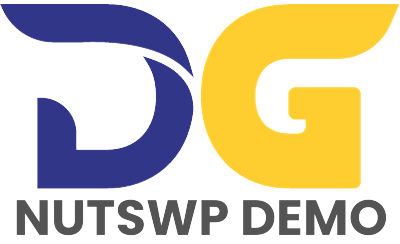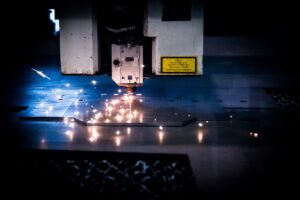Stainless Steel Deep Drawing
Get customized laser-cut parts in as quickly as 1 day. Standard 3-day lead times are also an option.
- ISO 9001:2015
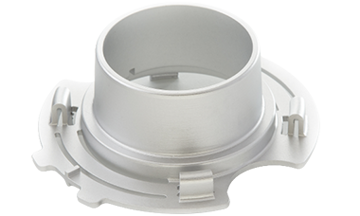
Laser cutting is a high-precision process that uses a laser beam to cut material into a desired shape. Available in a wide range of metals, it can be used to create components such as washers, mounts, brackets, metal signs and housings.
Laser Cutting is commonly used for:
- Rapid customized prototyping and low volume production.
- Product development, testing and prototyping.
- Components for assembly and connection, such as screw holes, attachment holes and fixtures.

Add Your Heading Text Here
In this guide to CNC machining, you’ll learn how to create efficient, manufacturable metal and plastic parts for prototyping and production.
Our Laser Cutting Process
Our laser cutting service and capabilities are tailored to ensure the consistent and timely production of high-quality components.
Quick Quote
- Fill out a simple inquiry to get in touch with a salesperson.
- Attach a CAD file via email to quickly customize your sheet metal customization needs.
Safety parts without sharp edges
- Parts deburred and edge debris removed prior to shipment (included in price)
- Processes ensure parts are safe to use right out of the box
One-stop shop for sheet metal parts
- Basket of sheet metal parts shipped in the same lead time
- Flat and molded parts from one supplier
Highly reliable cutting capability
- Fiber laser designed for metal cutting applications in the 0.024″ – 1″ (0.609 mm – 25.4 mm) thickness range (compared to other material types)
- Wide range of metal materials to choose from
Specialized manufacturing expertise
- If you encounter any questions, work with our sheet metal application engineering team to ensure your part is compliant.
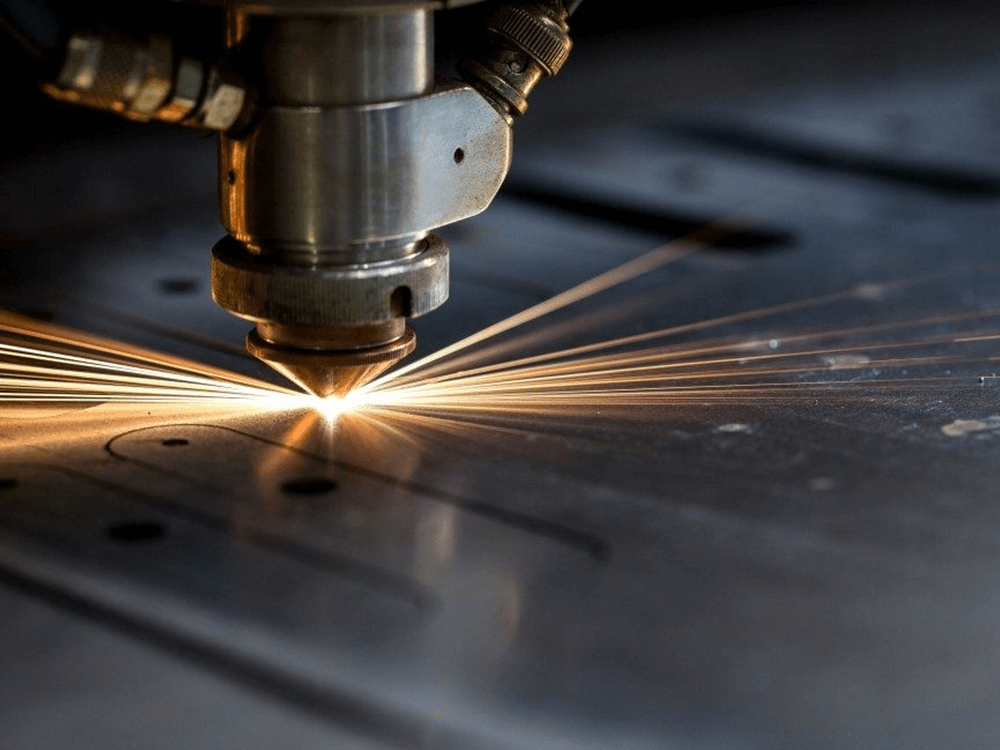
Laser Cutting Design Guidelines
For flat laser cut parts, follow these guidelines to ensure quality and faster production times.
| Standards | Description |
|---|---|
| Maximum Size | Thickness 0.6mm - 25mm: 3990mm x 1990mm |
| Minimum Feature Size | 2X material thickness with a minimum of 1mm |
| Maximum Material Thickness | Carbon steel < 25mm |
| Carbon steel < 25mm(0.98 in.) | |
| Stainless steel < 15mm(0.59 in.) | |
| Aluminum steel < 15mm(0.59 in.) | |
| Cooper steel < 12.7mm(0.5 in.) | |
| Laser sources | Fiber lasers. Up to 10 kw |
| Positioning accuraccy | +/- 0.1mm for all features (except for hardware holes) |
| +0.07mm/-0.000mm on hardware insert holes to ensure correct seating of inserts |
Materials and Thicknesses for Laser Cut Parts
Our laser cutting equipment is suitable for your project as it can accurately cut a wide range of materials, including materials with different strengths, thicknesses and thermal properties.
| Material | Grade | Thicknesses Available |
|---|---|---|
| Aluminum | 5052; 6061 | 0.025 in. - 0.025 in. (0.635mm - 6.35mm) |
| Steel | 1018; 4140; 1045; 4130; A514 | 0.025 in. - 10.000 in. (0.635mm - 25.4mm) |
| Stainless Steel | 304 - 2B; 304; 316 - 2B | 0.025 in. - 0.65 in. (0.635mm - 16.51mm) |
| Copper | C1010; C1100 | 0.025 in. - 0.125 in. (0.635mm - 3.175mm) |
| Brass | C260 | 0.125 in. - 0.125 in. (0.635mm - 3.175mm) |
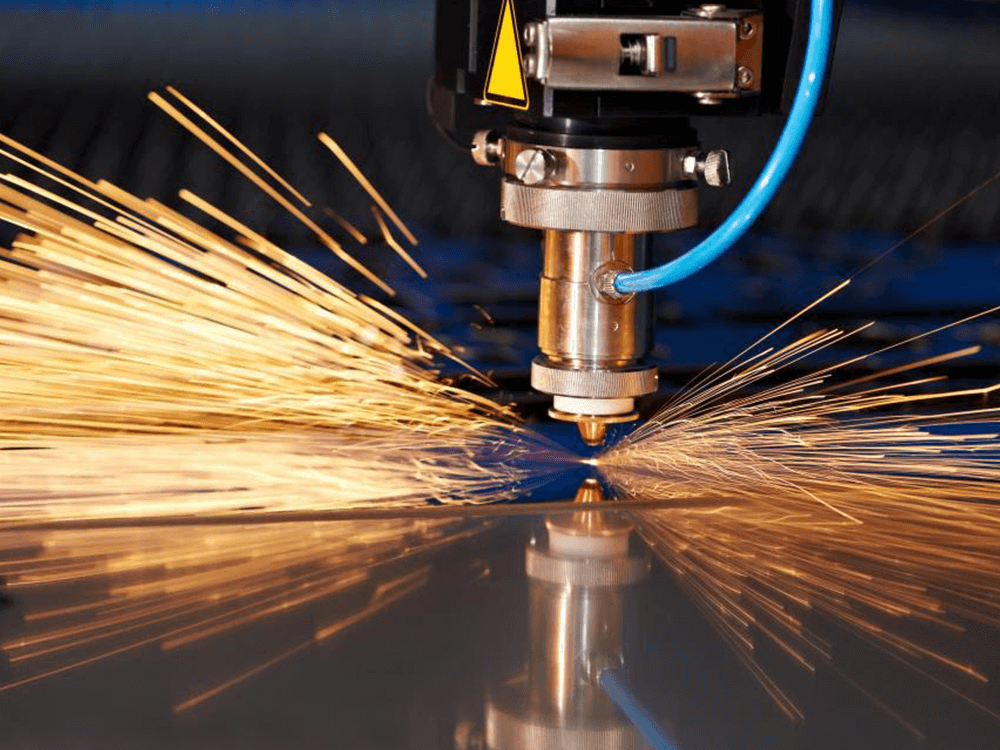
Applications for Laser Cutting Parts
Laser cutting is a common manufacturing process in the construction materials, food processing equipment, chemical equipment, automotive parts, and energy industries. Common laser cut parts include:
- flat patterns
- face plates
- washers
- mounting plates
- panels
Resources
We stock more than 30 production-grade plastic and metal materials that are suitable for various part applications and industries.

Why are technical drawings still important for sourcing parts? While 3D CAD files are quite comprehensive in what they can communicate to CNC machines, technical
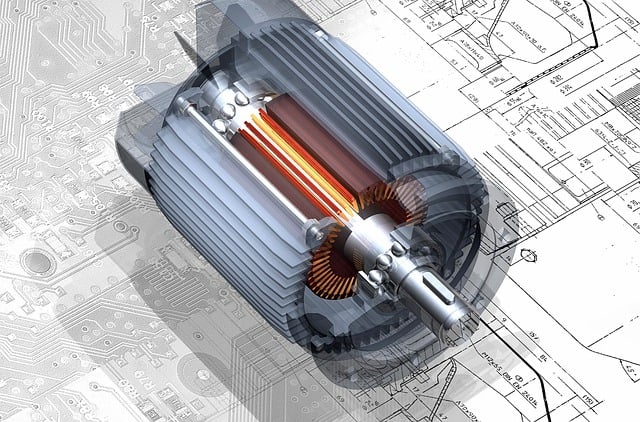
High-density Polythylene (HDPE) HDPE is a resin typically found in pellet form and designed to provide excellent processability for moulders. It is light, affordable and
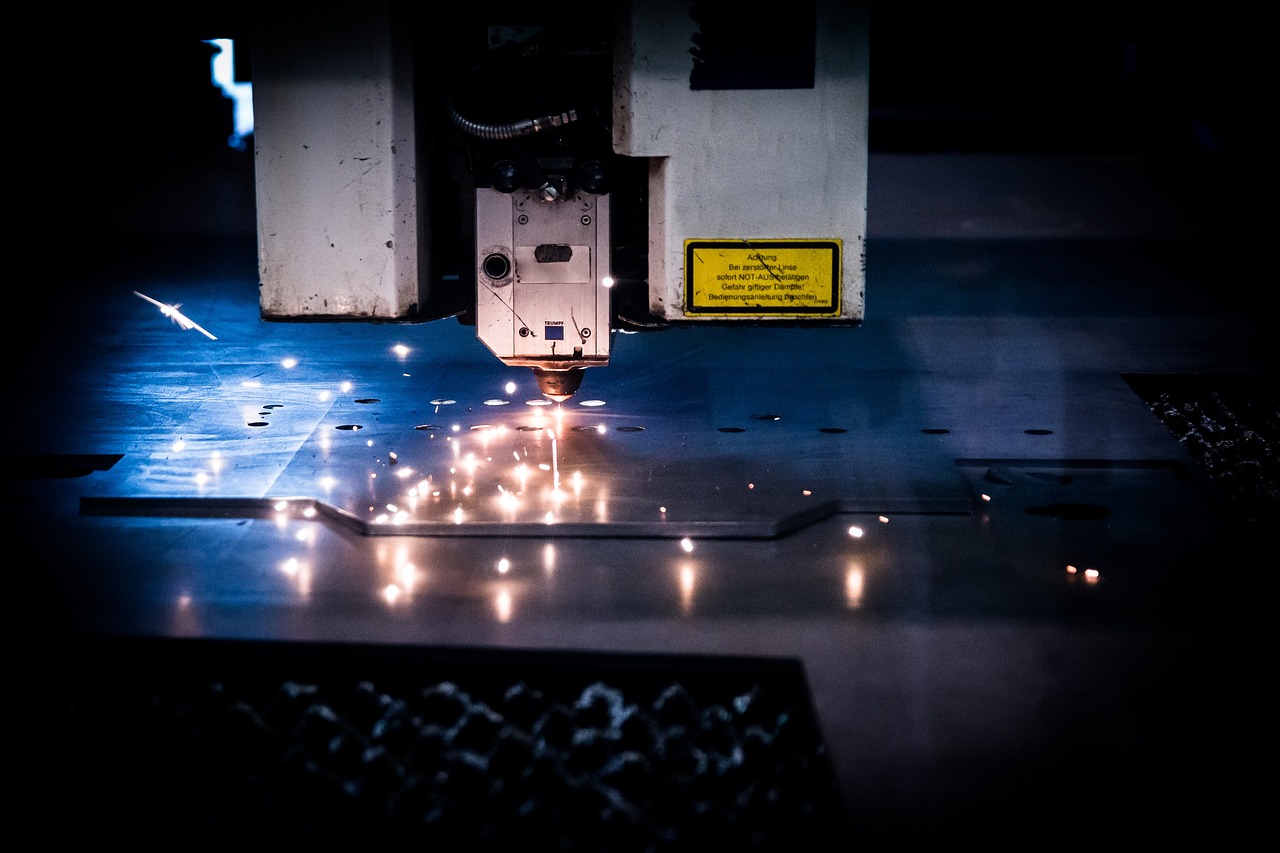
ypically, metal prototyping tends to be more expensive than producing the equivalent parts in plastic. Considering the purpose of the prototype, it may not always
